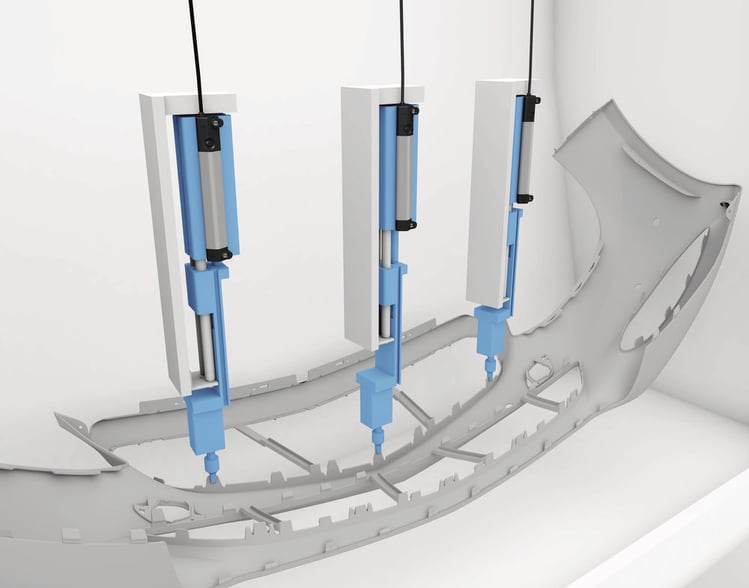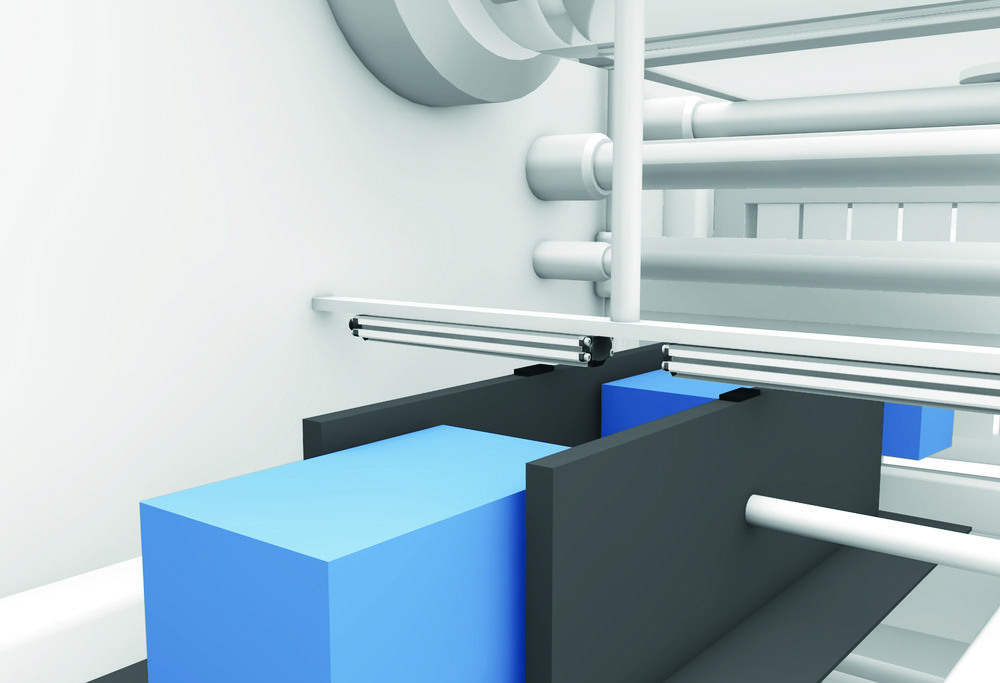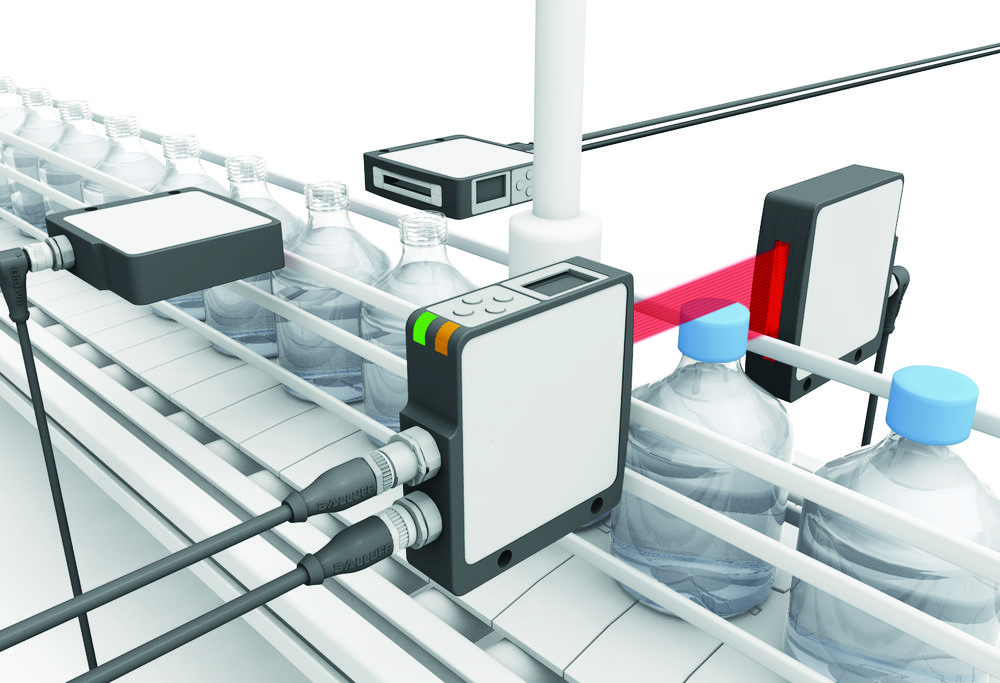Nowadays, there is an increasing demand for continuous monitoring of the various elements of a factory or production line. This monitoring is expected to improve the efficiency and cost of the entire manufacturing process, through automation, manpower saving, predictive maintenance and process flexibility.
One of the most sought-after requirements is the monitoring of the position of workpieces and various devices. Now that networking and digitalisation have made it possible to obtain reliable location information, a variety of sensors that generate location information are attracting attention as an important factor in solving various problems in factories.
In this article, we will introduce you to the solutions that have solved each of these problems and the sensors used in them.
Smooth equipment control and predictive maintenance
Continuous monitoring of the actual movement of moving parts, whether pneumatic, hydraulic or electric, allows the equipment to operate more efficiently. In particular, linear scales for pneumatic and hydraulic cylinders allow you to monitor not only the start and end points, but also the positions in between at all times. This means that the next movement can be made in anticipation of the normal movement, resulting in smoother operation and time savings.

Continuous monitoring of piston position in the pneumatic cylinder for smooth application of adhesive
Automated format changes for greater efficiency and security
The challenge in multi-product production is to reduce downtime due to set-up changes and to be accurate. Manual positioning of the guides during format changes is often carried out by turning a handle and visually checking the memory. By automating the guides with a combination of actuators and linear scales, accurate and fast positioning can be achieved. Furthermore, the system can be flexibly adapted to any format change by simply sending the recipe to the control.

Automatic format change system with guide position feedback
Simple and reliable identification by size
Identifying a workpiece by its visible shape and size is a very simple method for humans. However, in the world of factory automation, a camera with complicated on-site adjustments may come to mind. In fact, there is another way: the CCD length sensor projects the shadow of an object and identifies it. The sensor consists of a projector and a receiver and can be handled in the same way as a normal light curtain or a transmissive photoelectric sensor. There is no need to adjust the light or to deal with extraneous light, making it simple to identify objects.

Total inspection of cap attachment by height measurement
Location data acquisition in this way can help solve a wide range of problems and improve efficiency. Now that the widespread use of networking and digitalisation has made analogue data acquisition reliable on the production floor, why not take a proactive approach?
More detail of light band sensor BLA allow to identify the object by projecting the shadow of the object is here
























